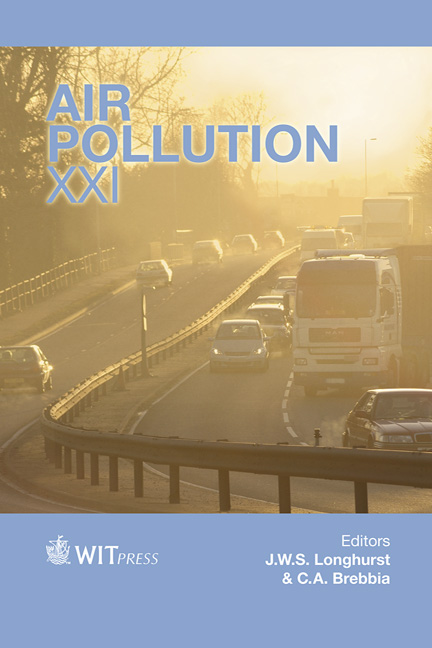Investigating The Influence Of Highway Traffic Flow Condition On Pollutant Emissions Using Driving Simulators
Price
Free (open access)
Transaction
Volume
174
Pages
11
Page Range
171 - 181
Published
2013
Size
887 kb
Paper DOI
10.2495/AIR130151
Copyright
WIT Press
Author(s)
M. R. De Blasiis, M. Di Prete, C. Guattari, V. Veraldi, G. Chiatti & F. Palmieri
Abstract
In the last 20 years the attention of international organizations towards air pollution has been improved, leading to definition of laws and regulations. In order to evaluate strategies and policies, forecasting tools have been adopted by institutions. Currently, the estimation of traffic emissions is based on static models, in which the amount of pollutant is computed as a function of average parameters obtained on a single road stretch. The well-known traffic increase of recent years has significantly changed the actual flow conditions, producing a strong rise of interferences. As this facet affects the operating condition of each vehicle, the use of a standard emission model at high traffic interference can lead to some inaccuracies. In such cases, instantaneous emission models introduce deeper capabilities; essentially, the pollutant prediction is directly tied to the engine vehicle operation point in reallike traffic condition. This second modelling approach has been adopted in the current work. A complete lumped parameter vehicle model has been built to be used as a virtual on-road emission/fuel consumption test unit. Investigations have highlighted the dependence of emission level and fuel consumption on drivers’ behaviour; indeed, the analysis took advantage of the experiments carried out in the virtual reality laboratory: on a typical highway geometry, characterized by a dual lane carriageway with three lanes each, three different flow conditions have been simulated. Once the relationship between highway interference level and drivers’ behaviour has been evidenced (in terms of emissions and fuel consumption), a relation between highway interference level and emissions/fuel consumption has been highlighted. Finally, in order to assess the differences
Keywords
emission factors, emission models, driving simulator, driver’s behaviour





